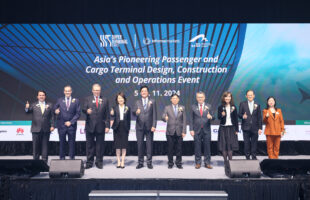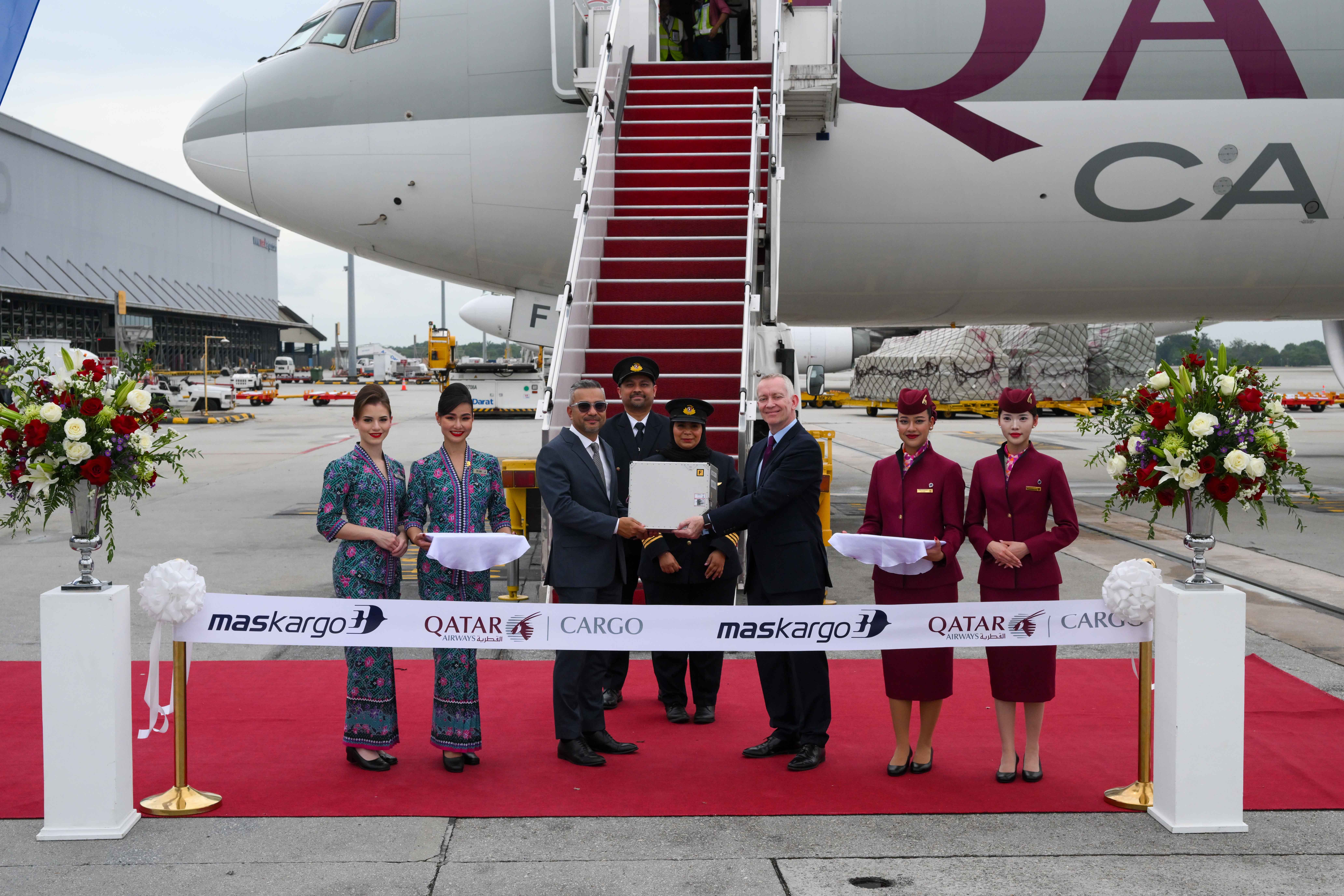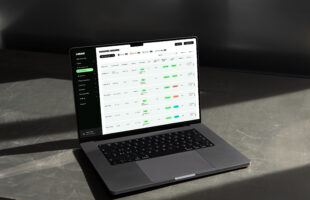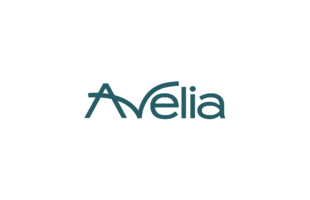
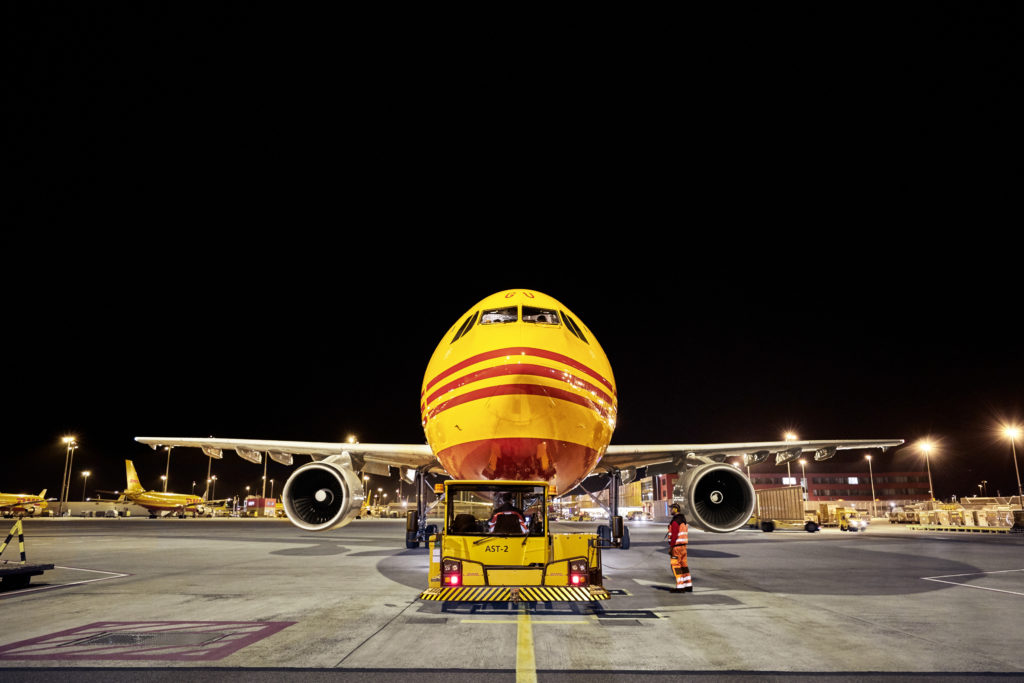
DHL Global Forwarding has committed to covering at least 30 percent of air freight and ocean freight fuel requirements with sustainable fuels by 2030. In this interview, Payload Asia talks to Steffen Treiber, SVP Airfreight Asia Pacific, to get a rundown on the company’s roadmap towards achieving net zero.
Can you share how your company is contributing in making sustainable air transport a reality?
Using sustainable aviation fuel (SAF) is one of the key routes to reducing CO2 emissions over the aviation life cycle. DHL Global Forwarding has worked with partners across the aviation value chain to stimulate the changes needed to create an SAF marketplace—to drive up the demand for and, in turn, the supply of sustainable aviation fuel.
 DHL Global Forwarding joined the United Airlines Eco-Skies Alliance and together with the alliance partners, purchased the emissions reductions from 3.4 million gallons (12.87 million liters) of SAF in 2021. That eliminated about 31,000 metric tonnes of greenhouse gas emissions on a lifecycle basis, compared to the use of conventional jet fuel.
DHL Global Forwarding joined the United Airlines Eco-Skies Alliance and together with the alliance partners, purchased the emissions reductions from 3.4 million gallons (12.87 million liters) of SAF in 2021. That eliminated about 31,000 metric tonnes of greenhouse gas emissions on a lifecycle basis, compared to the use of conventional jet fuel.
In addition, we partnered with Air France KLM Martinair Cargo to purchase even more sustainable aviation fuel, 33 million liters of SAF over three years. The partnership will save over 80,000 tonnes of carbon emissions. In Asia Pacific, we also worked with Cathay Pacific for its pilot corporate SAF program, by contributing to the use of SAF for air freight from Hong Kong International Airport on Cathay Pacific flights.
With our Sustainability Roadmap, we have set ourselves ambitious goals on our journey towards zero emissions. Sustainable fuels are a fundamental part of our efforts. That is why DHL has committed to covering at least 30 percent of air freight and ocean freight fuel requirements with sustainable fuels by 2030. This is aligned with Deutsche Post DHL Group’s Sustainability Roadmap, which aims to spend €7 billion on green technologies by 2030 and reduce all logistics-related emissions to zero by 2050.
How important is the buy-in of cargo shippers and passengers to push forth with initiatives that will help reach a sustainable future for aviation?
Sustainable Aviation Fuel is currently the best option for reducing aviation emissions, but the high cost remains a big barrier to widespread adoption, especially in a market with elevated freight rates and limited capacity. That’s why we need to join forces with like-minded companies and organizations.
No single company in the world can scale up sustainable aviation fuel solutions and decarbonize air transport alone, but we can help lead the industry to a sustainable future. If others do the same, the supply of sustainable aviation fuel should increase rapidly, and the price should fall accordingly.
What can you say about Singapore’s status as a sustainable air freight hub?
Singapore is taking great leaps forward to become a global sustainable aviation hub. The republic is primed to have the world’s largest SAF production capacity when Neste’s facility in Tuas is completed next year. Neste is currently the largest producer of SAF in terms of output and capacity, this development will be a game changer in the aviation sector.
Furthermore, the authorities have committed to sustainability as a key priority for Singapore’s aviation sector. A 20-member International Advisory Panel has been set up to develop a sustainable air hub blueprint that will chart the pathways for achieving targets. This blueprint for the air hub is expected to be ready in early 2023.
What are the recent developments that could lead to air cargo growth?
According to the latest DHL Air Freight Market Update, demand in China is likely to ramp up as China gears towards easing lockdowns. Factories in China are also slowly returning to production in a closed loop system. E-commerce movements will also play a bigger role with China resuming. We expect to see an uptick in e-commerce global air volumes in the coming months.
Amongst the different tech available (or soon to be available), which one would be key to achieving your company’s carbon neutral targets?
At DHL Global Forwarding, we offer a digital customer platform myDHLi that gives full visibility on quoting, booking, tracking of shipments, including features to reduce, track and report their CO2 emissions through the carbon calculator. With myDHLi, customers can choose SAF for their air freight, and similarly for ocean freight.



